Grinding coffee beans is one of the first steps in brewing the perfect cup of coffee.
Whether you’re a novice or a seasoned coffee enthusiast, understanding the nuances of grinding can elevate your coffee experience. In this guide, we’ll cover everything you need to know about grinding coffee beans, from types of grinders to grind sizes and practical tips.
Why Grind Coffee Beans
Freshly ground coffee significantly enhances the flavor and aroma of your brew. Pre-ground coffee quickly loses its freshness due to exposure to air, light, and moisture. Grinding your coffee beans before brewing ensures maximum freshness, optimal extraction, and the best possible taste.
Read more: The Best Ground Coffee
Types of Coffee Grinders
Before we get started, let’s understand the types of coffee grinders.
Blade Grinders
Blade grinders are budget-friendly and simple to use. They feature a rotating blade that chops coffee beans into smaller pieces. While convenient, they can produce uneven grind sizes, which may affect the consistency of your brew.
Burr Grinders
Burr grinders are the gold standard for grinding coffee. They use two revolving burrs to crush the beans evenly. Burr grinders come in two types:
- Flat Burr Grinders: Offer precise and consistent grind sizes, making them ideal for espresso enthusiasts.
- Conical Burr Grinders: Versatile and efficient, suitable for a variety of brewing methods.
Manual Grinders
Manual grinders are compact and portable, perfect for coffee lovers on the go. They require more effort but provide excellent grind consistency, especially in the burr grinder category.
Best Coffee Grinders
Here are the best coffee grinders to consider, broken down by scores.
Baratza Encore
- Coffee: 5 / 5
- Ease: 4.5 / 5
- Price: 3 / 5 ($150 for the grinder)
- Rating: 4.7 / 5
The Baratza Encore is a favorite among coffee enthusiasts for its consistent grinds and ease of use. With 40 grind settings, it’s perfect for everything from French press to espresso.
Breville Smart Grinder Pro
- Coffee: 4.8 / 5
- Ease: 4.7 / 5
- Price: 3 / 5 ($200 for the grinder)
- Rating: 4.6 / 5
Known for precision, this grinder offers 60 grind settings, an LCD display, and programmable features. It’s ideal for those who love customization.
Read more: Breville vs DeLonghi
Hario Skerton Pro
- Coffee: 4.5 / 5
- Ease: 4 / 5
- Price: 4 / 5 ($50 for the grinder)
- Rating: 4.3 / 5
This manual grinder is lightweight and perfect for travel. It offers consistent grinds, making it great for pour-over or French press methods.
OXO Brew Conical Burr Grinder
- Coffee: 4.6 / 5
- Ease: 4.8 / 5
- Price: 3.5 / 5 ($120 for the grinder)
- Rating: 4.5 / 5
A user-friendly grinder with a simple interface and consistent performance. It’s perfect for home baristas looking for reliable quality at a reasonable price.
Coffee Grind Sizes and Their Uses
The grind size directly impacts the brewing process, as it determines the rate at which water extracts flavors from the coffee. Here are the most common grind sizes and their recommended brewing methods:
Extra Coarse Grind
- Texture: Similar to peppercorns
- Best for: Cold brew coffee
Coarse Grind
- Texture: Like sea salt
- Best for: French press and percolators
Medium-Coarse Grind
- Texture: Similar to rough sand
- Best for: Chemex and drip coffee makers with a longer brewing time
Medium Grind
- Texture: Like regular sand
- Best for: Drip coffee makers and siphon brewers
Medium-Fine Grind
- Texture: Finer than sand but not powdery
- Best for: Pour-over methods like Hario V60
Fine Grind
- Texture: Similar to table salt
- Best for: Espresso machines
Extra Fine Grind
- Texture: Powdery, like flour
- Best for: Turkish coffee
How to Grind Coffee Beans: Step-by-Step
Once you have your grinder, these are the steps to grinding beans for the perfect cup of coffee.
Step 1: Choose Your Grinder
Select a grinder that suits your brewing method and budget. Burr grinders are ideal for precision, while blade grinders work for casual brewing.
Step 2: Select Your Grind Size
Determine the grind size based on your brewing method. For example, choose a coarse grind for French press or a fine grind for espresso.
Step 3: Measure Your Beans
Use a kitchen scale to weigh the exact amount of coffee beans you need for your brew. This ensures consistency and avoids waste.
Step 4: Start Grinding
Grind the beans to your desired consistency. Ensure the grind is even to avoid over- or under-extraction.
Step 5: Brew Immediately
Use freshly ground coffee as soon as possible to preserve its flavor and aroma.
Tips for Perfect Grinding
While grinding your beans correctly is important, there are other tips you can follow as well:
Invest in a Quality Grinder
A good grinder makes a significant difference in flavor. Burr grinders, in particular, provide consistent and precise grinds.
Clean Your Grinder Regularly
Residual coffee oils and particles can build up and affect the taste of future grinds. Clean your grinder at least once a week.
Experiment with Grind Sizes
Adjust the grind size to fine-tune your brew’s taste and strength. A coarser grind can result in a milder brew, while a finer grind enhances strength.
Store Beans Properly
Keep coffee beans in an airtight container away from light, heat, and moisture. Proper storage maintains freshness and flavor.
Common Mistakes to Avoid
Grinding the beans too early or using the wrong grind size, are common mistakes you should try to avoid:
Grinding Too Early
Don’t grind your coffee in advance; it loses freshness quickly. Always grind just before brewing.
Using the Wrong Grind Size
Mismatched grind size and brewing method can lead to over- or under-extraction, negatively impacting flavor.
Skipping Maintenance
A dirty grinder can negatively impact the flavor of your coffee. Regular cleaning is essential for optimal performance.
Insider’s Insight
Grinding coffee beans is an art that greatly influences the quality of your brew.
By choosing the right grinder, understanding grind sizes, and following best practices, you can unlock the full potential of your coffee. Whether you’re brewing a rich espresso or a refreshing cold brew, freshly ground coffee is the key to an exceptional cup.
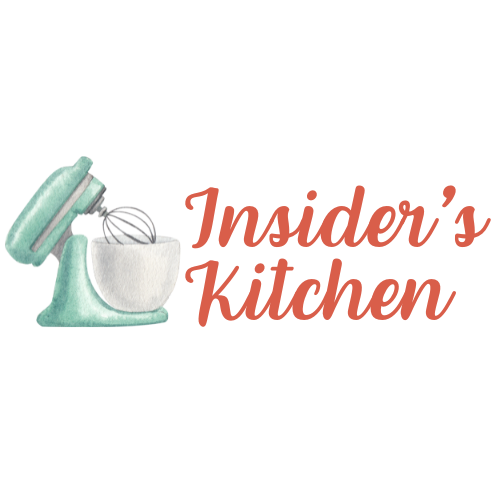
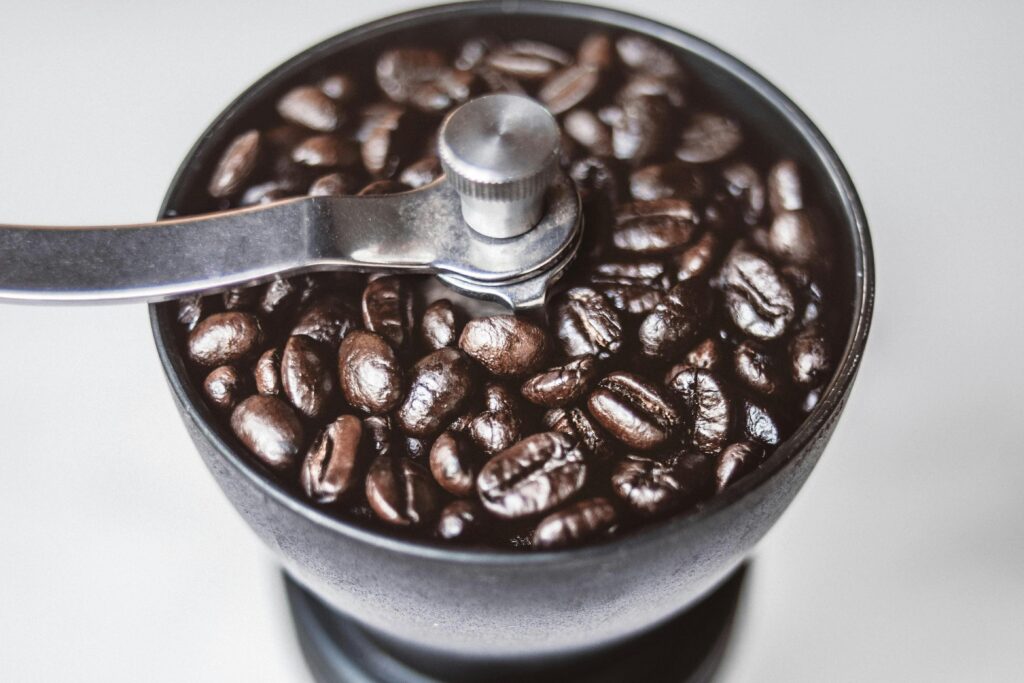
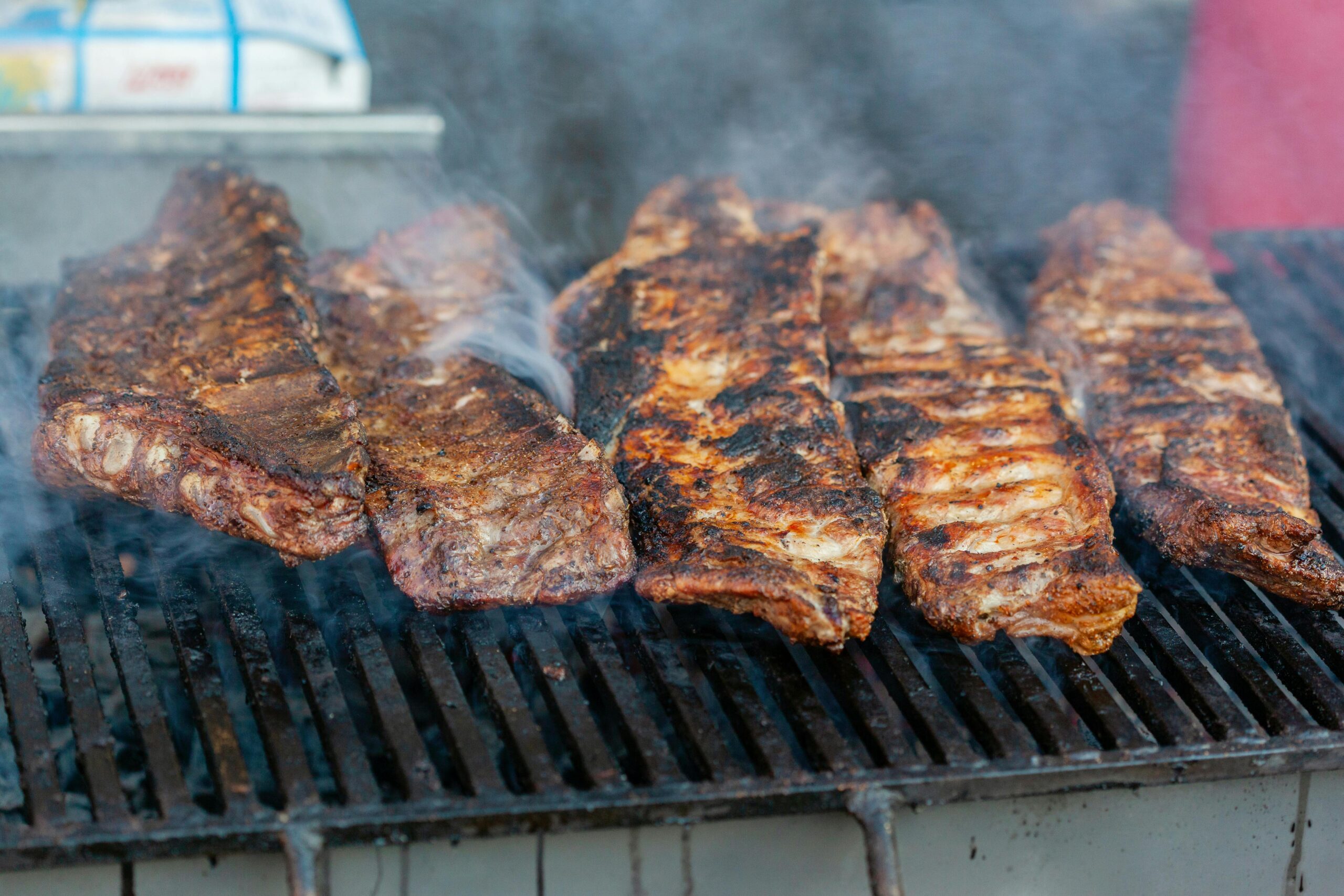
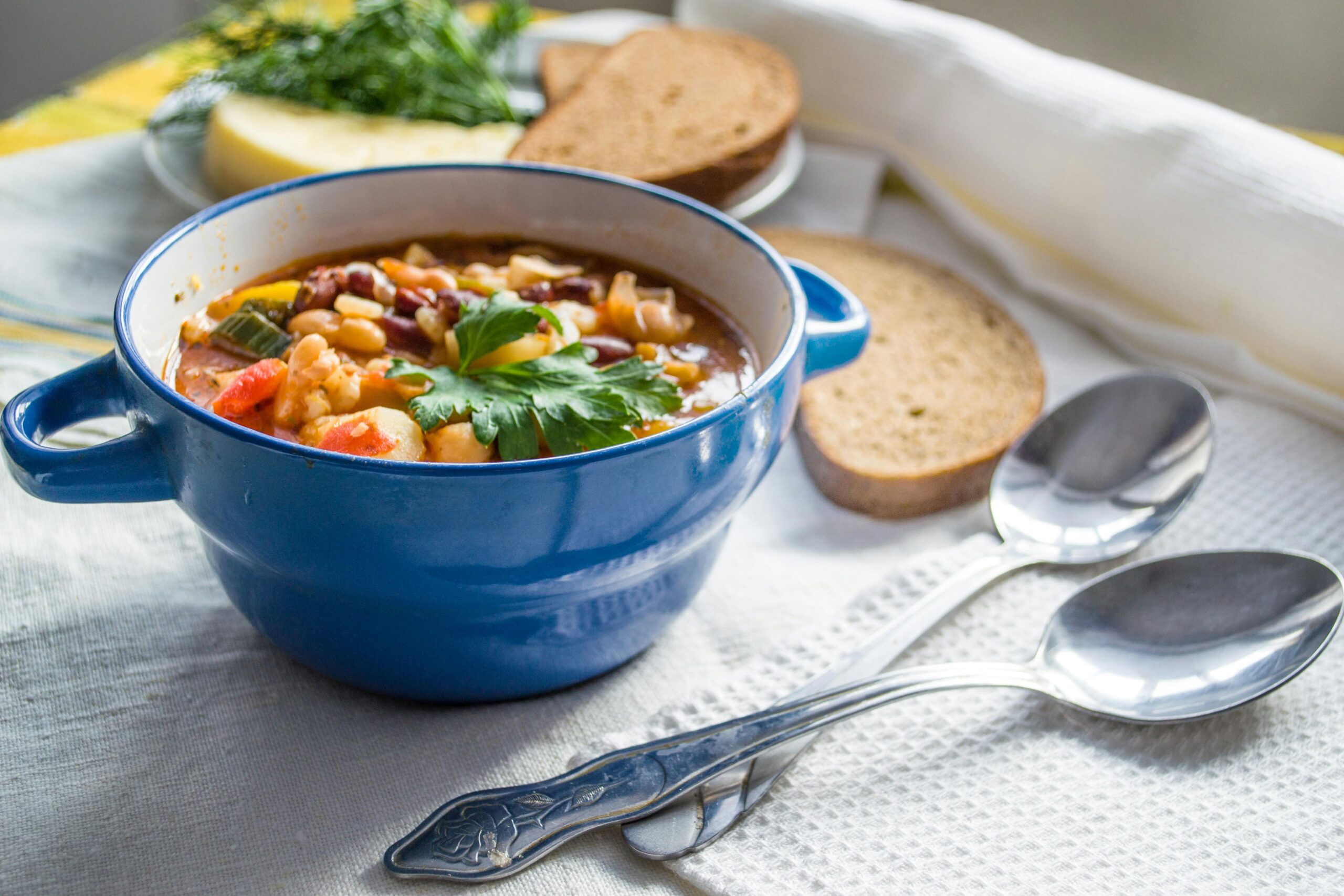
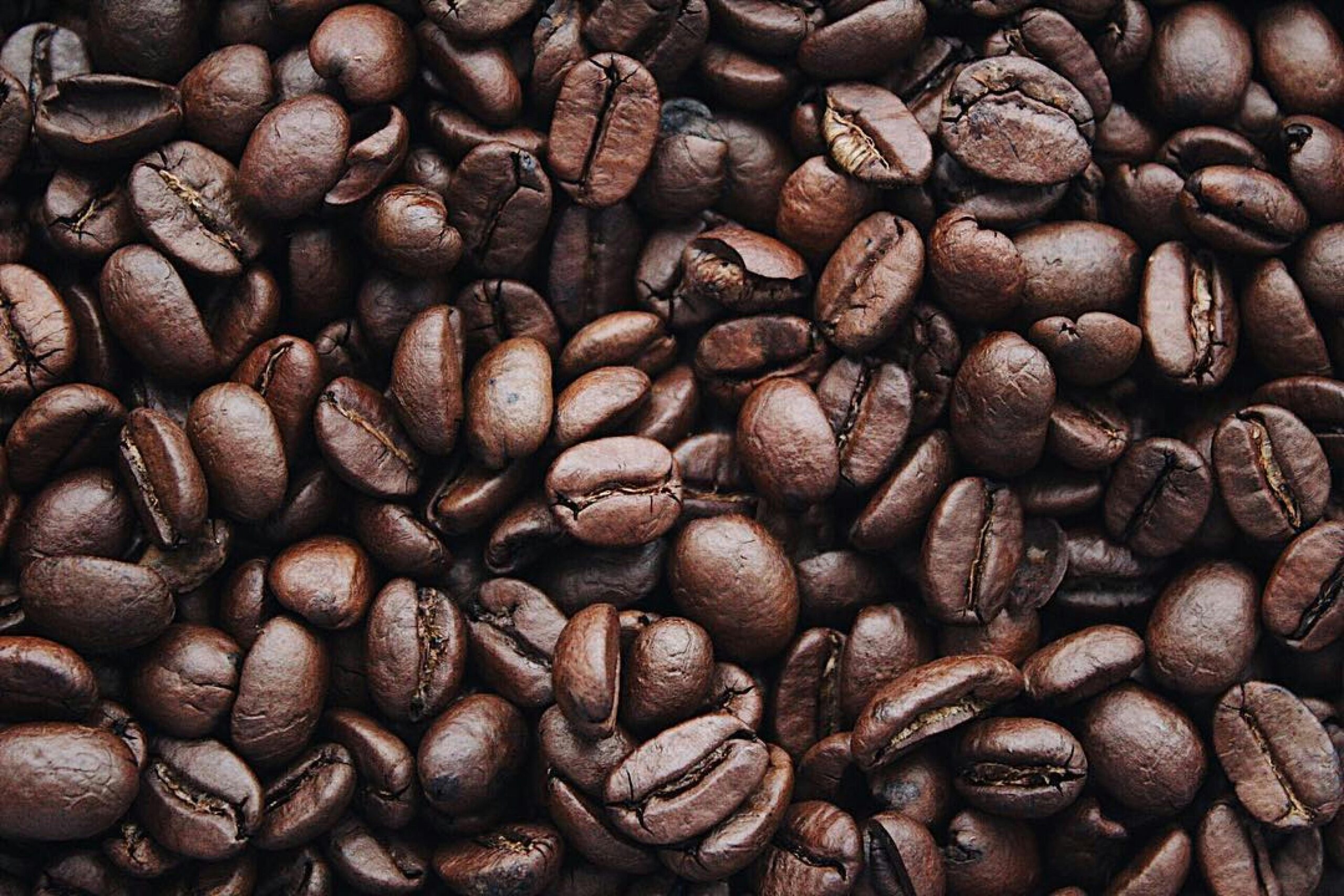
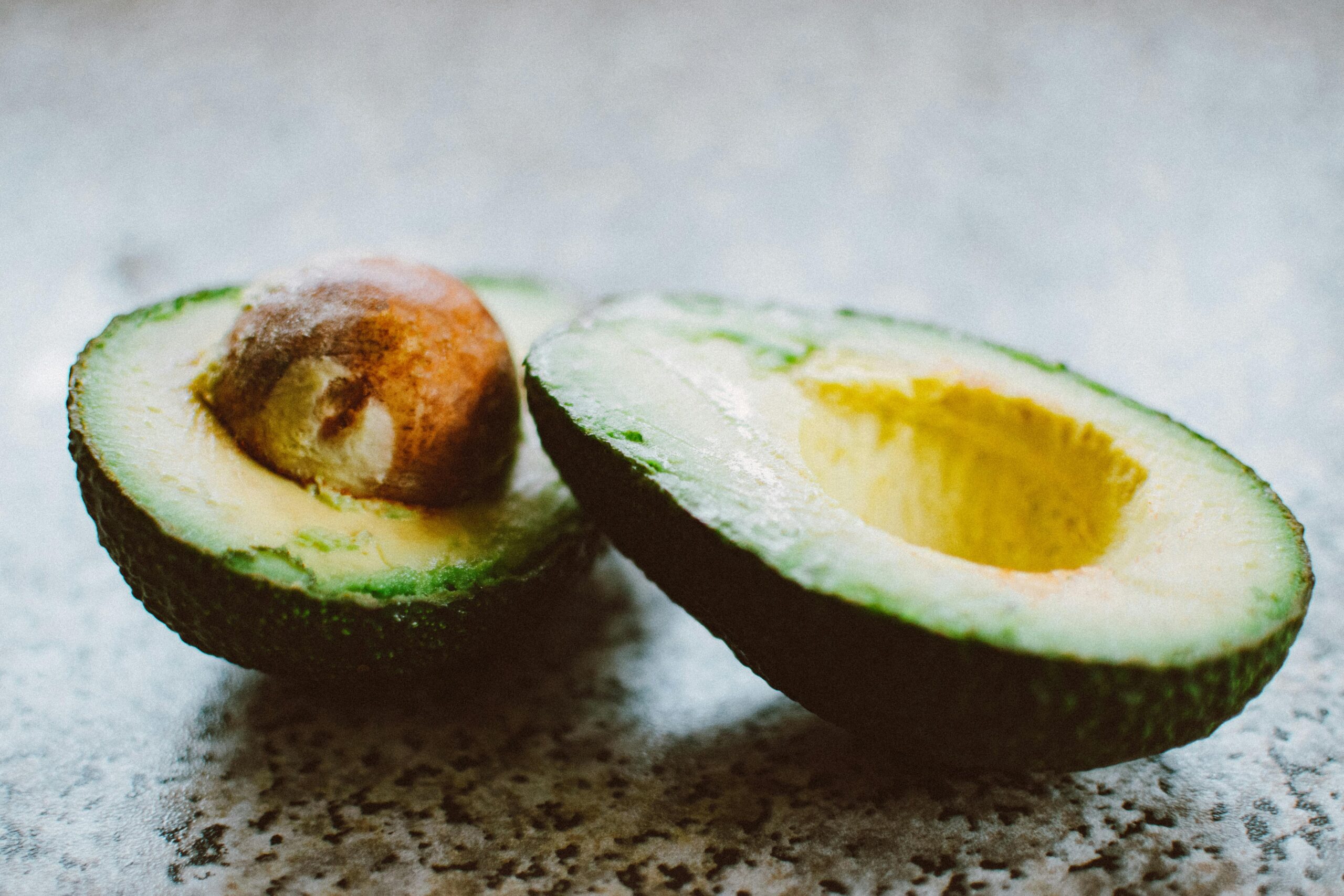
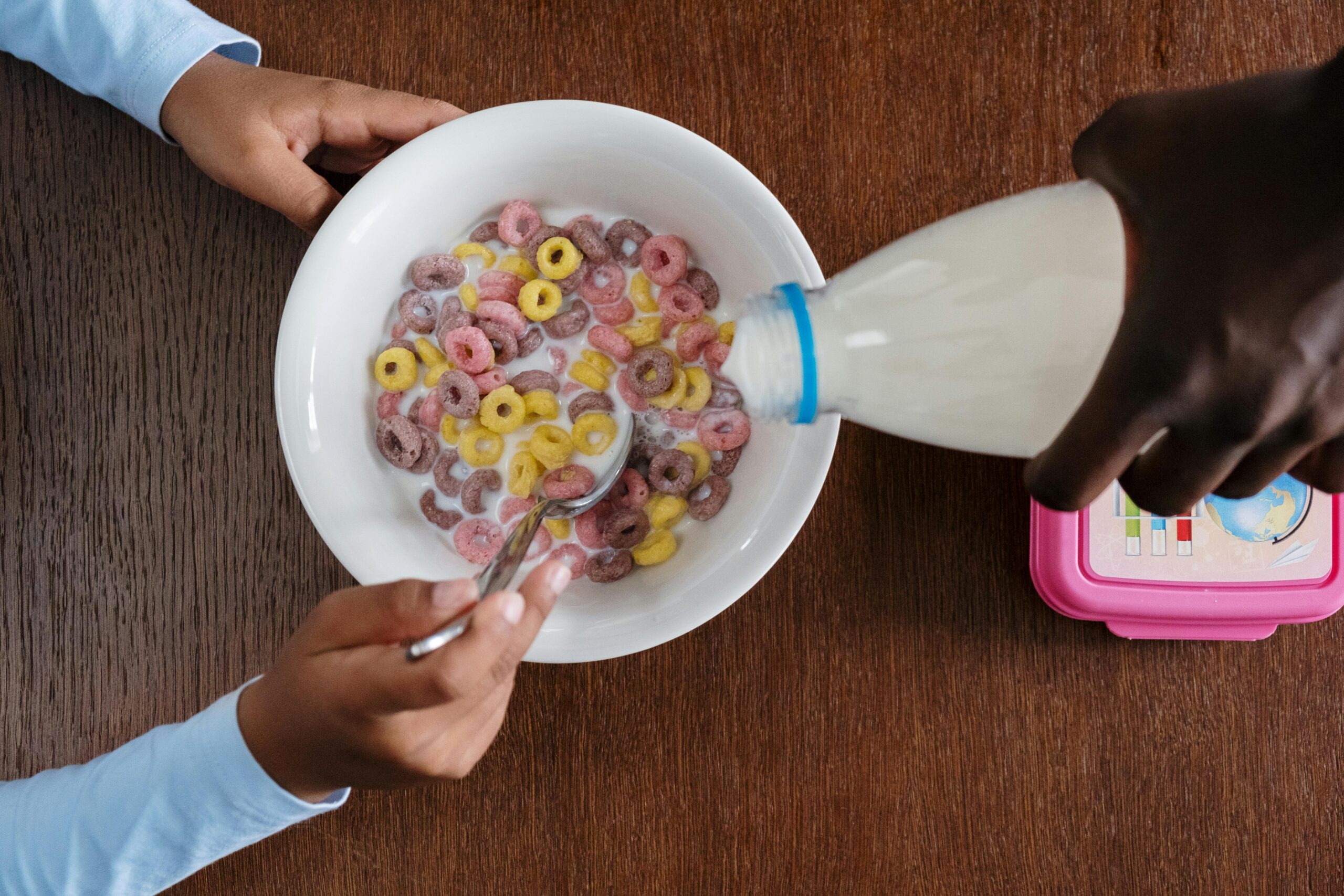
Leave a Reply